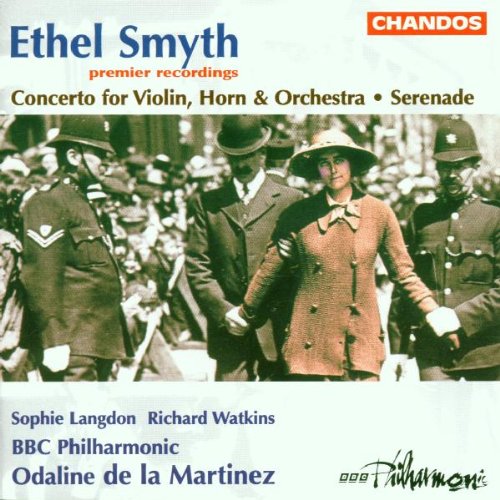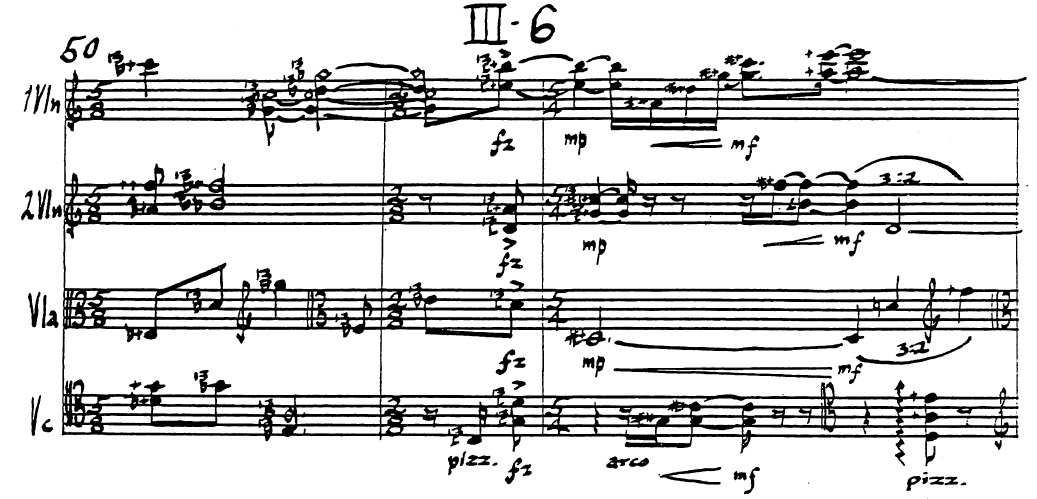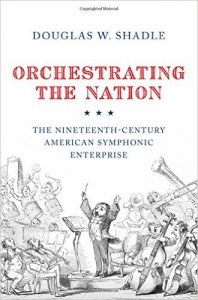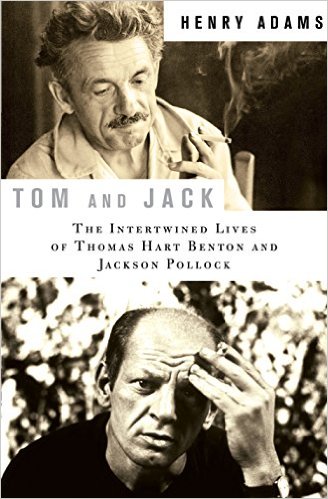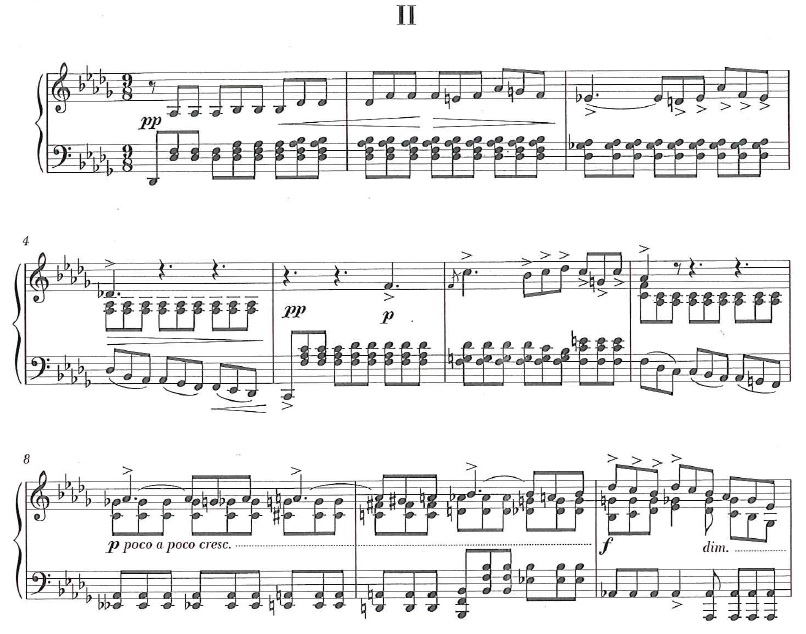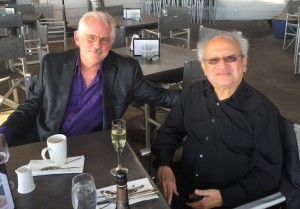 Liturgy’s new album, The Ark Work, wins the number one “avant” album of 2015 over at Rolling Stone. They even mention John Luther Adams in the description. It is a remarkably original album, strongly compositional, and apparently controversial for ignoring some of the conventions of black metal.
Liturgy’s new album, The Ark Work, wins the number one “avant” album of 2015 over at Rolling Stone. They even mention John Luther Adams in the description. It is a remarkably original album, strongly compositional, and apparently controversial for ignoring some of the conventions of black metal.

